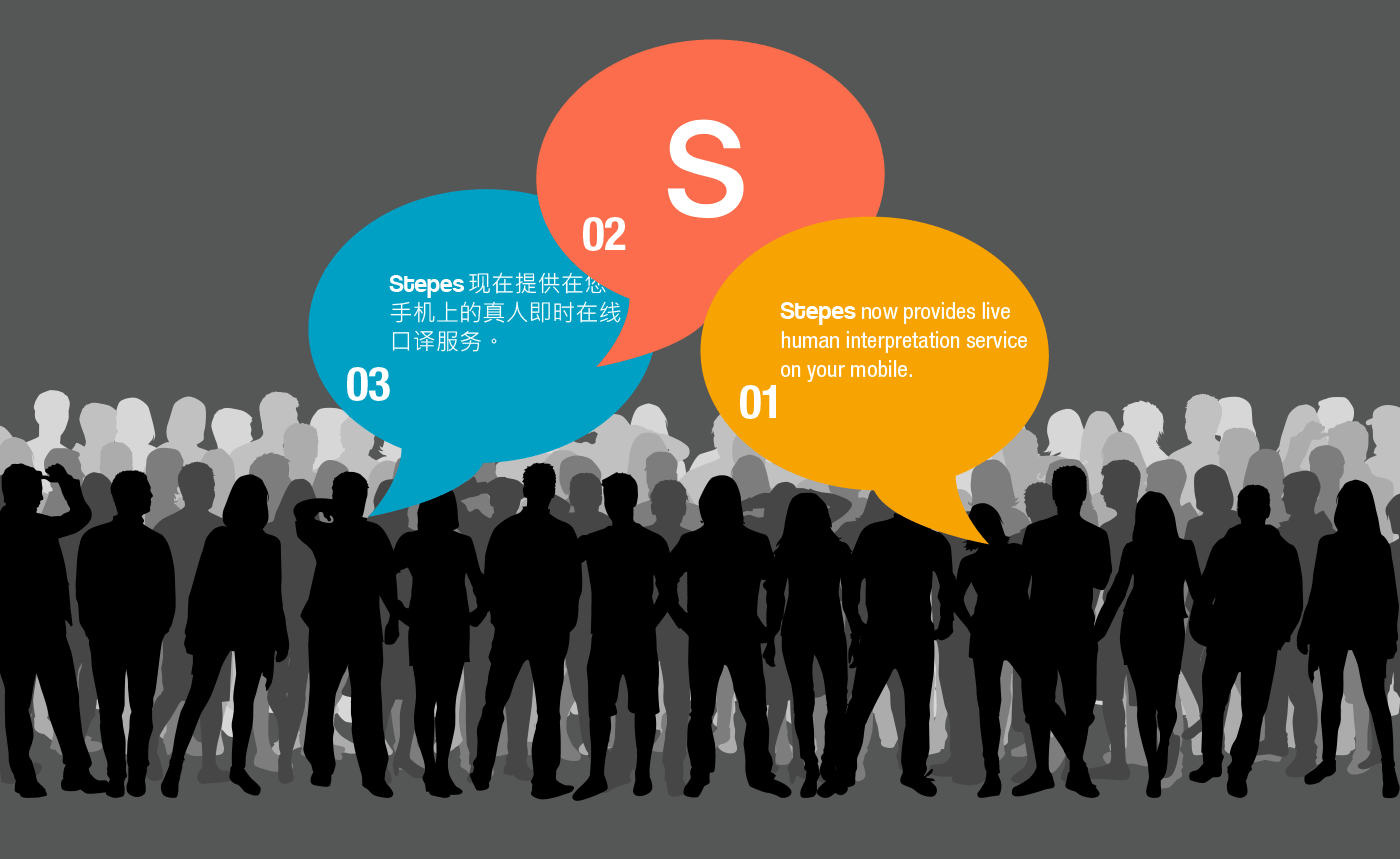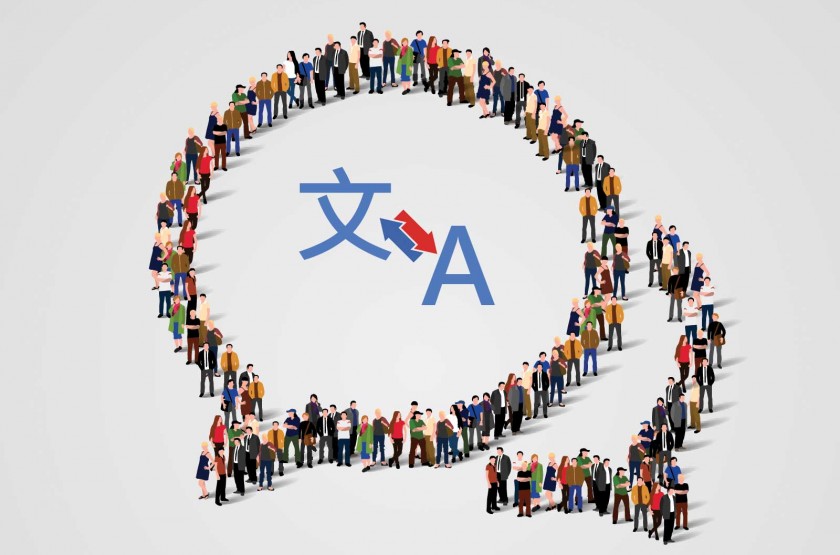Live speech translation: do it with Stepes
- Tom Armstrong
- February 24, 2016
- 13,295 views

In some shape or form, science fiction and fantasy writers for decades have imagined variations of a universal translation device. From the “Babel fish” of The Hitchhiker’s Guide to the Galaxy to the TARDIS in Doctor Who, the universal translator’s all-around capabilities and ease of use reflects our collective yearnings for a seamlessly connected world of language. How much easier would it be, we think to ourselves, if we could simply speak aloud in our native language and have it be received by our counterparts in their native language?
While we are far off from developing a machine device that is able to flawlessly deliver aural translations like the Babel fish, we can begin to approximate that effect with live translation of speech. Live speech translation is the ability to take spoken word and translate it in real-time in either text or spoken form. For example, a conference between parties of different language backgrounds might have live interpreters either typing or speaking back dialogue in each participant’s native language. Live speech translation works primarily with spoken content rather than text. Live speech translation also poses the challenge of real-time translation, where translations have to be delivered near simultaneous to the original spoken content to be effective.
Stepes is taking live speech translation to the next level. Currently, Stepes is a mobile-centric translation tool that allows businesses and translators to order and create translations right from their mobile phones. Our credo is to streamline and simplify the translation processes and tools we use so as to enable an era of Big Translation. This way more subject matter experts can become translators, and scale up translation to the volume and quality of our world needs. In business, as in life, time is critical. This platform enables streamlined access to markets, customers, and vendors that have been previously unavailable due to language barriers.
In that spirit, Stepes will soon be launching an added capability to deliver live speech translations through its mobile and desktop platforms. That means that businesses will be able to place orders for live speech translations through the Stepes platform while translators can deliver on such jobs through the Stepes platform as well.
Stepes will be the first tool for delivering live speech translation by drawing a flexible and large pool of human translators. Currently, Microsoft and Google are working on live speech translation solutions using machine translation systems, not human translators. Stepes combines human translation with advancements in speech recognition and machine translation to deliver higher quality results, just as efficiently.
The applications for Stepes’ live speech translation are exciting. Businesses that conduct international video conferences, for example, that would require the use of only two languages, say English to Japanese and Japanese to English, could hire a live interpreter through the app who is bilingual in Japanese and English to speak the interpretation. Better yet, the live human interpreter could also type back translations that would show up at the bottom of the video conference screen; an invisible addition to the video conference that would speed up communication without interfering with the fluidity of dialogue. Advancements in speech recognition technology also means that Stepes would be able to send clients transcripts of all conversations, translated in to any number of language pairs, after the live event itself. The exchange of information would truly be seamless among all parties, in all mediums.
Businesses that deal with customers around the world could also offer customer support services in multiple languages with Stepes’ live speech translation tool. They could either hire an on-demand translator over the phone to mediate between a sales representative and the customer, or simply participate in a three-way voice message chat, much like how group discussions in WeChat, China’s most popular social media app. Another option is for users to book a human interpreter through the Stepes app to provide on-site interpretation service in person. Like all Stepes’ translation services, clients will be able to rank each interpreter’s performance at the end of service completion.
Stepes only uses human interpreters to do its live speech translation because human translation is still the only way to guarantee high quality translated content suitable for businesses. Because of Stepes “Big Translation” approach, it is able to tap into translators who are also subject matter experts in their requisite fields. For more technical spoken content in industries like medicine, legal, financial, art, or engineering, having a translator/interpreter who is familiar with the terminology and content of your industry will result in a vastly more satisfactory live translation experience.
With the much-anticipated addition of live speech translation to the Stepes ecosystem, translation in all forms can be more accessible than ever. Whether communicated verbally or in text, what used to be incomprehensible can now be translated for a global audience. By opening up the world’s bilingual speakers to translation, we can begin to bridge communication barriers faster and easier than ever.












Did this actually go live?